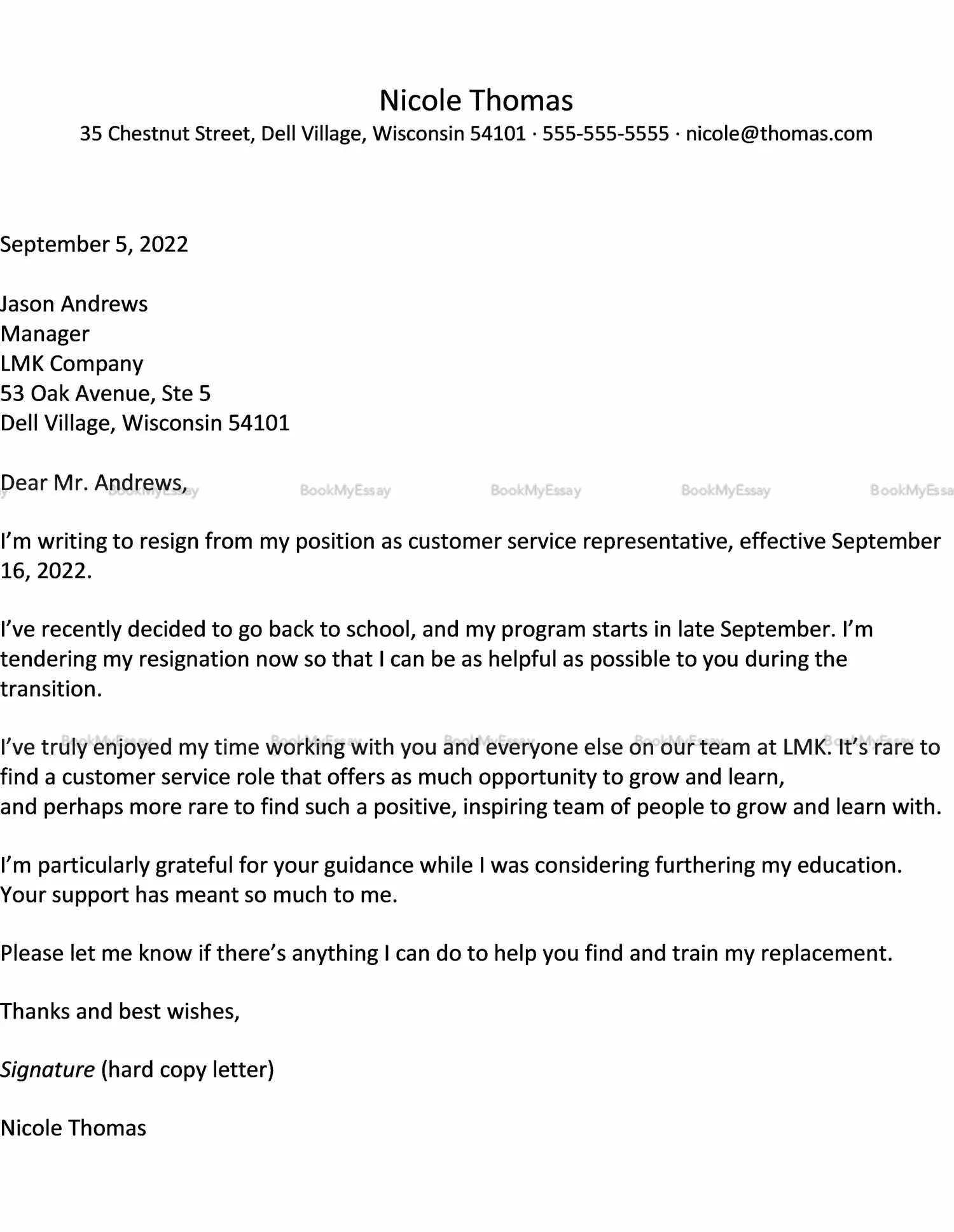Letter Writing Format
Personal letter format is a timeless mode of communication, fostering emotional connection amidst digital trends. Typically, it starts with a date followed by the sender's address, aligning right, and the recipient's address below, aligning left. Salutations like "Dear [Name]" signify intimacy or formality depending on context. The body delivers the message with sincerity, often embellished with anecdotes or personal touches. Closing remarks, like "Yours truly" or "Love," express sentiment. A signature adds a personal flourish, emphasizing authenticity. Envelopes are addressed similarly, with sender details on the top left and recipient details at the center. Stamps denote postage paid. In essence, personal letter format preserves the art of heartfelt correspondence, transcending the ephemeral nature of modern communication, encapsulating emotions in handwritten words.
What Is The Standard Greeting For A Formal Letter?
In formal letters, the standard greeting typically begins with "Dear" followed by the recipient's title and last name, such as "Dear Mr. Smith" or "Dear Dr. Johnson." If the recipient's gender is unknown, use a neutral title like "Dear [Recipient's Full Name]." In a professional setting, it's essential to maintain a respectful and courteous tone throughout the letter. For example formal letter addressing a potential employer, the greeting could be: "Dear Hiring Manager" or "Dear [Company Name] Recruiting Team." The chosen greeting sets the tone for the rest of the correspondence and establishes a professional relationship. Additionally, it's essential to ensure accuracy in the recipient's name and title to convey attention to detail and professionalism from the outset.

How Do You Address The Recipient In A Business Letter?
When crafting a business letter, addressing the recipient appropriately is crucial for professionalism. Begin with a formal salutation such as "Dear" followed by their title and last name, like "Dear Mr. Smith" or "Dear Dr. Johnson." If you're unsure of their gender or prefer a gender-neutral option, you can use their full name without a title, such as "Dear Jamie Smith." It's essential to research and use the correct title and spelling of their name to show respect and attention to detail. Avoid using overly casual or familiar terms unless you have a close professional relationship. Remember, the tone of your letter sets the stage for the entire communication, so err on the side of formality. For assistance with professional writing or assignments, seeking "assignment help online" from reputable sources can provide valuable guidance and support.
What Information Should Be Included In The Sender's Address?
When writing a personal letter with an absolutely flawless format, including the sender's address is crucial for effective communication. The sender's address typically consists of their full name, street address, city, state, and ZIP code. This information helps the recipient easily identify and respond to the sender. Additionally, including the sender's contact number or email address can facilitate swift communication if needed. The sender's address should be placed at the top left-hand corner of the letter, ensuring it is prominently displayed and easily accessible. Moreover, if the letter is being sent on behalf of a company or organization, it's essential to include the official company name and address for clarity. Overall, incorporating the sender's address in a personal letter ensures professionalism, authenticity, and enables smooth correspondence between sender and recipient.
How Do You Indicate The Date In A Letter?
When writing a letter, especially in formal contexts, indicating the date is crucial for clarity and documentation. Typically, the date is placed at the top right or left corner of the letter, aligned with the recipient's address. For an online assignment writer, ensuring the correct date format is used is essential for professionalism. The date format commonly follows the month-day-year sequence, such as "February 13, 2024." However, depending on regional conventions or personal preference, formats like "13th February 2024" may also be acceptable. In digital communication, inserting the date manually or using the automated date feature in word processing software maintains accuracy. Consistency in date format across all correspondence is vital for clarity and professionalism, ensuring the recipient can accurately reference the timing of the communication.
What Are The Key Elements Of A BookMyEssay Letter Writing Format Assignment?
The BookMyEssay letter writing format assignment emphasizes key elements crucial in formal letter writing. Firstly, it demands adherence to the prescribed format, including sender's address, date, recipient's address, salutation, body paragraphs, closing, and signature. Clear and concise language is essential, ensuring the message is easily comprehensible. Moreover, maintaining a professional tone throughout the letter is emphasized to convey seriousness and respect. Proper grammar, punctuation, and spelling are non-negotiable, reflecting the sender's attention to detail and competence. Additionally, addressing the recipient appropriately and using formal language contribute to the letter's effectiveness. Structuring the content logically, with an introduction, main points, and conclusion, aids in delivering a coherent message. Lastly, the assignment may stress the importance of proofreading and editing to eliminate errors and enhance clarity. Overall, the BookMyEssay letter writing format assignment underscores meticulous attention to detail and professionalism in crafting formal correspondence.








 3 Bellbridge Dr, Hoppers Crossing, Melbourne VIC 3029
3 Bellbridge Dr, Hoppers Crossing, Melbourne VIC 3029



